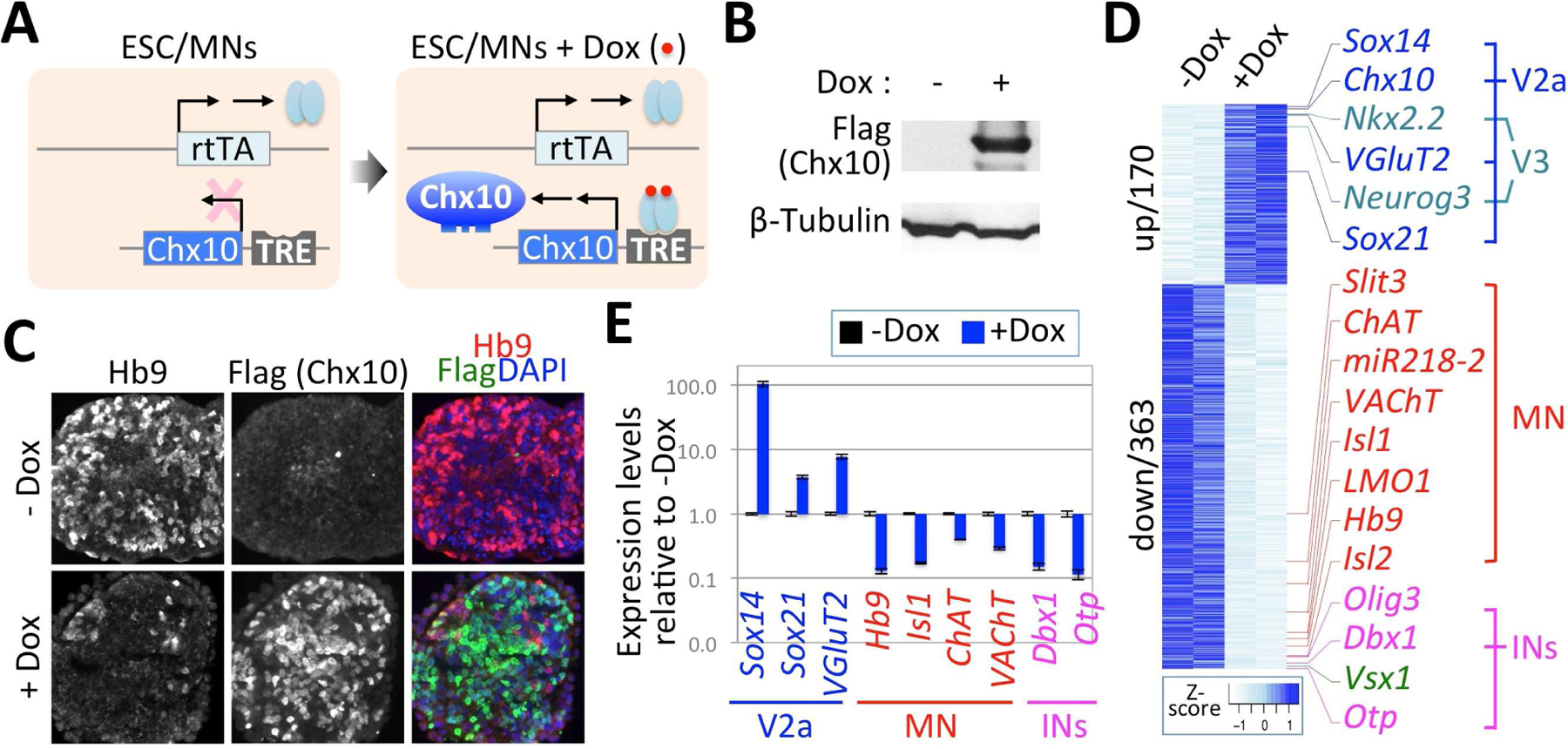Figure 4. Chx10 actively promotes V2aIN fate and suppresses MN development in differentiating ESCs.

(A) Schematic representation of Chx10-inducible ESCs directed to differentiate into MNs (ESC/MNs) before and after treatment with Doxycycline (Dox). TRE, tetracycline response element; rtTA, reverse tetracycline transactivator.
(B) Western analyses show induction of Chx10 after treatment with Dox.
(C) Cell differentiation analyses in Chx10-ESC, directed to differentiate into MNs, with or without Dox. Upregulation of Chx10 by Dox is correlated with a strong downregulation of the MN marker Hb9.
(D) RNAseq analyses reveal Chx10-mediated transcriptome changes in ESC-derived MNs. The 533 genes that show a significant change (fold change 1.5, p≤0.01) are sorted in a heat map by fold change and biological replicates. Selected genes expressed in MNs and interneurons are highlighted.
(E) The expression levels of selected genes are significantly altered by Chx10 induction in ESC-derived MNs, as obtained with qRT-PCR analyses. Y-axis shows log10 values of gene expression levels in Dox-treated MNs relative to vehicle-treated control MNs (-Dox). Error bars represent the standard deviation of the mean.
